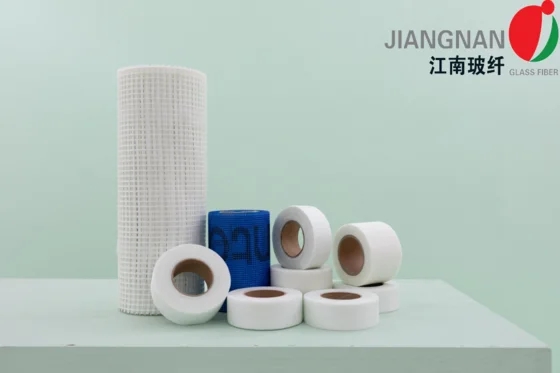Unveiling the Power of Cladding: What is the Strongest Cladding Material for Your Project?
When it comes to construction and architectural design, cladding plays a pivotal role in both aesthetics and functionality. As the outer layer of a building, cladding not only enhances visual appeal but also provides essential protection against environmental elements. However, with a plethora of materials available, the question arises: what is the strongest cladding? This article delves into the various cladding materials, their strengths, and how to choose the right one for your specific needs.
Understanding Cladding: More Than Just a Skin
Cladding serves multiple purposes beyond mere decoration. It acts as a barrier against weather conditions, provides insulation, and contributes to the structural integrity of a building. The choice of cladding material can significantly impact energy efficiency, maintenance costs, and overall durability. Therefore, understanding the properties of different cladding materials is crucial for architects, builders, and homeowners alike.
The Strongest Cladding Materials: A Comparative Analysis
- Metal Cladding
- Strengths: Metal cladding, particularly aluminum and steel, is renowned for its durability and resistance to harsh weather conditions. Aluminum is lightweight yet strong, making it an excellent choice for high-rise buildings. Steel, on the other hand, offers superior strength and is often used in industrial applications.
- Applications: Ideal for commercial buildings, warehouses, and modern residential designs, metal cladding can withstand extreme temperatures and is resistant to fire and pests.
- Fiber Cement Cladding
- Strengths: Fiber cement is a composite material made from cement, sand, and cellulose fibers. It is highly resistant to rot, fire, and pests, making it a robust choice for various climates. Additionally, it can mimic the appearance of wood or stucco, offering aesthetic versatility.
- Applications: Commonly used in residential homes, fiber cement cladding is suitable for both new constructions and renovations, providing long-lasting performance.
- Brick and Stone Cladding
- Strengths: Natural stone and brick are among the most durable cladding materials available. They offer excellent thermal mass, which helps regulate indoor temperatures. Additionally, they are resistant to fire and require minimal maintenance.
- Applications: Ideal for traditional and contemporary designs, brick and stone cladding are often used in residential and commercial buildings, providing a timeless aesthetic.
- Vinyl Cladding
- Strengths: While not as strong as metal or stone, vinyl cladding is lightweight, cost-effective, and resistant to moisture and fading. It is available in various colors and styles, making it a popular choice for residential applications.
- Applications: Vinyl is commonly used in single-family homes and can be an excellent choice for budget-conscious projects.
- Wood Cladding
- Strengths: Wood offers a natural aesthetic and can be treated for enhanced durability. However, its strength largely depends on the type of wood used and the treatment it undergoes. Engineered wood products, such as cross-laminated timber (CLT), provide greater strength and stability compared to traditional wood.
- Applications: Wood cladding is often used in residential designs, particularly in eco-friendly projects where sustainability is a priority.
Factors to Consider When Choosing Cladding
When determining the strongest cladding for your project, several factors should be taken into account:
- Environmental Conditions: Consider the climate and weather patterns in your area. Materials like metal and fiber cement may be more suitable for regions with extreme weather.
- Building Codes and Regulations: Ensure that your chosen cladding material complies with local building codes and fire safety regulations.
- Aesthetic Preferences: The visual appeal of cladding can significantly impact the overall design of a building. Choose a material that complements the architectural style.
- Budget: While some materials may offer superior strength, they can also come with a higher price tag. Balance your budget with the desired performance and aesthetics.
Conclusion: Making an Informed Choice
In conclusion, the strongest cladding material for your project will depend on a variety of factors, including environmental conditions, aesthetic preferences, and budget constraints. While metal and stone cladding are often regarded as the most durable options, materials like fiber cement and engineered wood also offer impressive strength and versatility. By understanding the unique properties of each cladding material, you can make an informed decision that enhances both the functionality and beauty of your building.

